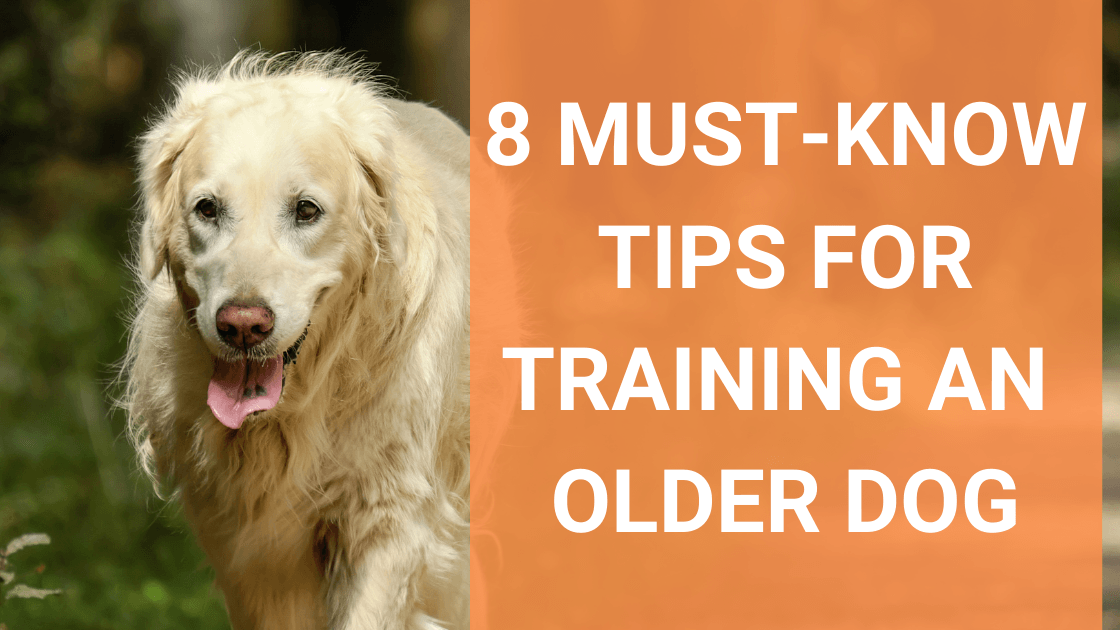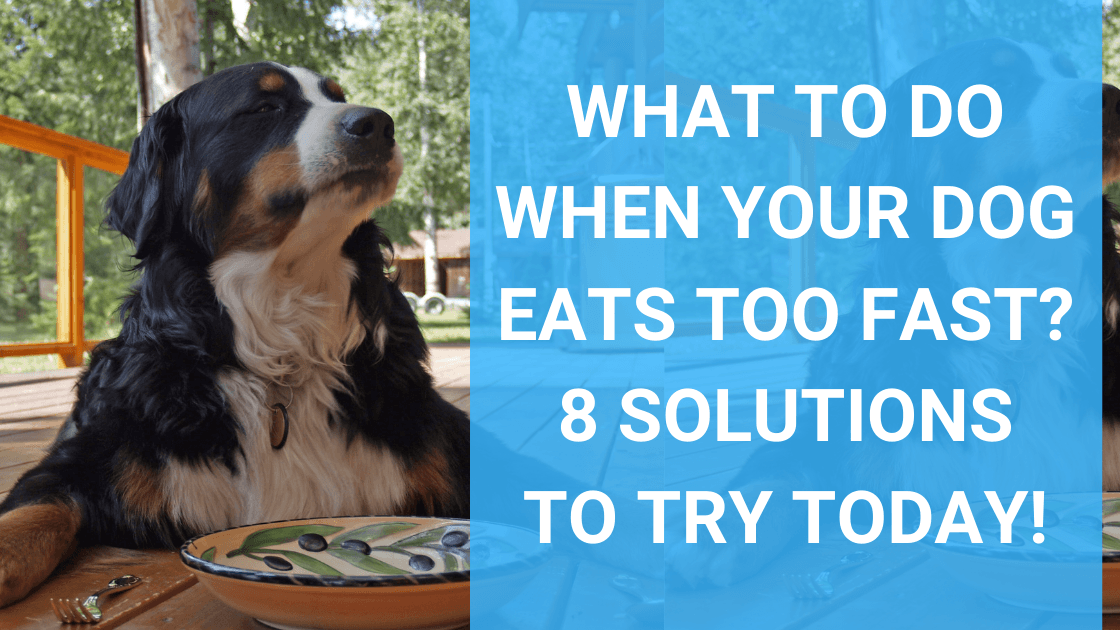Whether you’re a veteran dog owner or you’re gearing up to go adopt your first dog, it’s never a bad idea to learn the right way to greet dogs.
From non dog-owners that often meet strange dogs, to parents looking to educate their children-dog lovers, to those looking to add a dog to their pack, we’re all wondering the right way to act when we meet a dog for the first time.
So, let’s break it down.
When you meet a dog for the first time you should….
- Be calm, but confident
- Get down on the dog’s level (squatting or kneeling is perfect)
- Let the dog approach you
- Allow the dog to sniff you on their terms for as long as they like
- Hold your hand out, with the top of your hand facing up and fingers lightly curled in for sniffing
- Keep a steady, calm, and friendly tone
- Pet them under their chin first, not on top of their head
But don’t worry, I’m not gonna leave you hanging there. Below we’ll discuss each step a little more in depth. This way you’ll understand why you’re doing it, and the signs that you’re being well received by the dog.
I want you to feel confident whenever you meet a dog for the first time. I want you to be prepared to educate your little ones on exactly how to behave around new-to-them dogs.
And if adopting a dog is on the horizon—I want you to rock your first meet and greet and become that fur-ever home.
So. Without further ado. When you meet a dog for the first time you should…
Be calm, but confident
When you meet a dog for the first time, the energy you put off is crucial. Dogs are experts at reading body language and picking up on energy and non-verbal cues. For this reason, you want to exude an energy that is calm and confident. This balance will let the dog know that you are not a threat and will encourage them to let their guard down in order to get to know you better.
If a dog senses that you are afraid, it might put them on edge. You may inadvertently send signals that they need to be on the defense, which can make them less receptive to a positive meeting. You also don’t want to enter the meeting with too much excitement or energy. Similarly, this can but some dogs on edge or in defensive modes. In other cases high energy and excitement might wind them up and cause them to act erratically.
Lastly, try not to behave in a way that’s unpredictable or sudden. This is most common in children, who may pivot quickly or show sudden bursts of energy. While come dogs handle this with ease, other dogs are frightened and become defensive when they are approached by unpredictable body language.
Related Reading: How Do Dog's Communicate? All About Dog Body Language
Get down on the dog’s level
Once you’ve got your body calm and you’ve channeled your inner confidence, get down on the dog’s level. Standing over an unknown dog can send a message of dominance and intimidate the dog. Remember that you don’t know that dog’s history and what they’ve been subjected to.
When you see a dog, squat down or kneel a good 6 feet or so in front of the dog. Let them see you getting onto their level and allow them to approach you. By lowering yourself physically they will be more inclined to let their guard down and come over.
Let the dog approach you
Building on the last point, if you are sending the right energy and the dog is feeling friendly and at ease they will come over to meet you.
If when you squat down the dog does not approach, and especially if you see body language that the dog is feeling scared, nervous or aggressive, end the interaction and back away. Turn your attention away from the dog.
If it was a stranger’s dog, you’ll both move on. If it’s a situation where you know the owner well, or were meeting them in an adoption setting, discuss how to proceed with the dog’s handler.
If the dog is receptive to the situation and approaches you, remain calm, pleasant and confident, and proceed to the next step.
Related Reading: Anxiety in Dogs
Allow the dog to sniff you
Once the dog comes over they will begin sniffing you. Scent is an extremely important sense for dogs. According to Phoenix Vet Center, their noses have 300 million olfactory glands, while ours have only 5 million. Furthermore, the part of their brain that analyzes smells is 40 times bigger than ours. I don’t know about you, but I’m seriously impressed by this!
It’s no wonder the smelling and sniffing stage of meeting a dog is so important! Giving a dog as much time as they need to sniff you down, uninterrupted is crucial. During this time the dog is learning things about you, like whether you have a dog, where you’ve been, what you’ve eaten, and maybe even where you live.
Dogs have associative memories that are often tied to scents. Your unique smell will help a dog remember you if you’ve met before, or catalog you for future meetings.
Present your hand for sniffing
If the initial approach and smelling is going well, and you’re not seeing any negative, aggressive, or fearful body language from the dog, it is safe to present your hand
Hold your hand out, with the top of your hand facing up and fingers lightly curled under for sniffing. This is also the first movement you’ll make towards the dog and will allow you to further assess their reaction and comfort level with you.
Keep a steady, calm, but friendly tone
Up until now, experts recommend staying pretty quiet during the initial meeting. Though, it may be okay to encourage the dog over when you squat down. So much of this is about reading the dog’s cues! When you do speak to the dog, you want to be friendly but calm and speak in a normal or even low voice.
Excited, squeaky voices that many use with dogs (guilty!) is not the best voice for a first meeting. It can be interpreted as unpredictable and put some dogs on edge.
Related Reading: How to Tell If Your Dog Is Happy
Pet them under their chin first
If you’ve made it this far and you are receiving positive body language, you should pet the dog first under the chin and make sure they see your hand approaching them. This way you won’t startle them.
What’s more, you want to avoid reaching over their head or petting them on the top of their head or neck (the first few times) because this can be seen as a dominant or negative action (especially in dogs with a history of abuse. If the chins scratch is going well, you can also pet their chest or slowly work your way up to gently scratching their ears and face.
A few things to note about meeting a dog for the first time
Here, I’ve broken down the step by step process of meeting a dog for the first time into a lot of detail. This is to help you understand each component and have a successful meeting.
Keep in mind that this whole interaction might go very fast! Especially with easy going, well socialized, and receptive dogs. With dogs that are shy or have a history of abuse or aggression, the steps may take a lot longer, and it may even take multiple attempts.
Remember that the key to all of this is reading the dog’s body language and not pushing them to do anything they aren’t comfortable with. Dogs that feel uneasy, scared or challenged can exhibit unpredictable and aggressive behavior, and you don’t want to get hurt.
You can learn more about reading dog body language and how dog's communicate over here.
Lastly, when you are meeting a dog for the first time ALWAYS ask the handler if you can greet their dog before doing so. They are the expert on their dog, and it’s so important to respect their answer and give the dog space if necessary.



